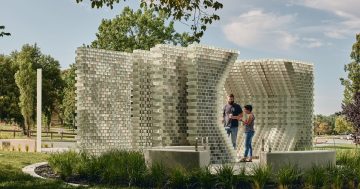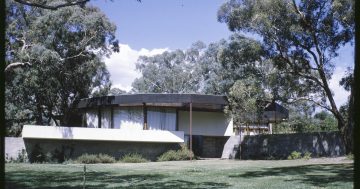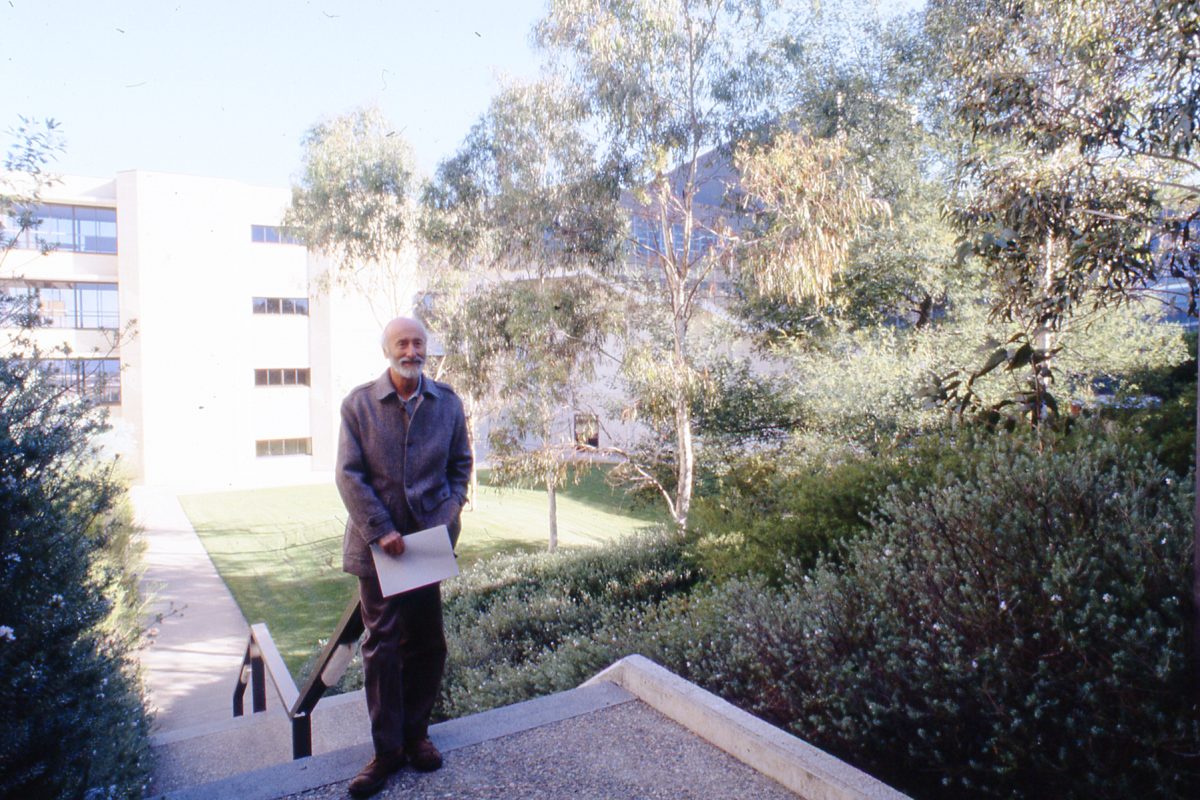
Roger Johnson in the courtyard for the School of Environmental Design. Photo: Noel, University of Canberra.
The nation’s capital boasts a long list of architecture industry giants who put their stamp on its design and layout. Like Italian-born legend Enrico Taglietti, many of them came to Canberra from overseas, fell in love and stayed to help shape it. But what lured them here to stay?
According to University of Canberra (UC) Senior Lecturer in Landscape Architecture Gay Williamson, like Canberra’s DNA the answer lies in politics.
As the world started to rebuild following the world wars, the Menzies government needed to get Australia moving. It had been decades since Walter Burley Griffin had created his winning design, and Canberra needed to entice public servants to relocate from cities like Sydney and Melbourne. It was a hard sell at the time.
In 1958, the Menzies government established the National Capital Development Commission (NCDC) and began importing town and social planners from the UK educated in the principles of the ‘new town movement’ – the move to rebuild Britain’s towns and communities for a post-war world.
“The best of the best were brought out to help plan a place where people wanted to stay,” Gay said.
“In Canberra where suburbs have shops next to schools, it’s all about social engineering and getting people mixing. If they created lives here, the hope is they would stay. And they did, including the architects who helped build it.”
This included Roger Johnson, an English architect who in 1968 became the first head of the School of Environmental Design at what was then the Canberra College of Advanced Education (now UC).
Among his accomplishments, Roger published a book called The Green City, which explored the “genius loci” (spirit of the place).
Among his designs was the UC extension building 7X. UC Lecturer in Architecture Sally Farrah says this remarkable poured concrete structure, with its diagonal stair and courtyard, was typical of Roger’s approach.
“Some people might call his style Brutalist but at its core, it was deeply humanist. It was all about a building’s connection to people, behaviour and landscape,” she said.
“Building 7X, for example, has all these mezzanines and double-height spaces, the stairwell strategically placed. It’s like an internal street, and it facilitates interaction in a way.
“That’s what architectural focus was like post-war. Architects were interested in building better ways of occupying space, with a focus on social ethos.”

UC Lecturer in Architecture Sally Farrah says post-war architects took a human-centred approach to design. Photo: Rom Amirjani.
Not long after Roger arrived, so did Australian landscape architect Margaret Hendry, who worked for the NCDC and was a senior lecturer at the School of Environmental Design (now the School of Design and the Built Environment).
According to Faculty of Arts and Design Adjunct Associate Professor Dianne Firth, who wrote a biography on Margaret for the 50th anniversary of UC’s School of Environmental Design, she was a trailblazer.
“When she got here, she was the first woman in the NCDC, so she had to deal with a patriarchal society. She never married and remained this strong, independent woman with a clear vision of what she wanted to achieve,” she said.
Having completed her training in the UK under renowned landscape architect Dame Sylvia Crowe, and worked there during the rise of the new town movement, Margaret brought to Canberra a broad-scale understanding of how a town’s landscape elements should be organised before its buildings were planned.
“She came up with the idea of planning a new town based on communities. It was about how people could live in a neighbourhood and feel it was theirs,” Dianne says.
“Margaret was involved in the first new town in Canberra, which was Woden/Weston Creek, and I think you can see her influence in the suburb of Curtin, where there is a range of walkways so people could walk from their homes to shops, schools, churches, parks and other community facilities.”
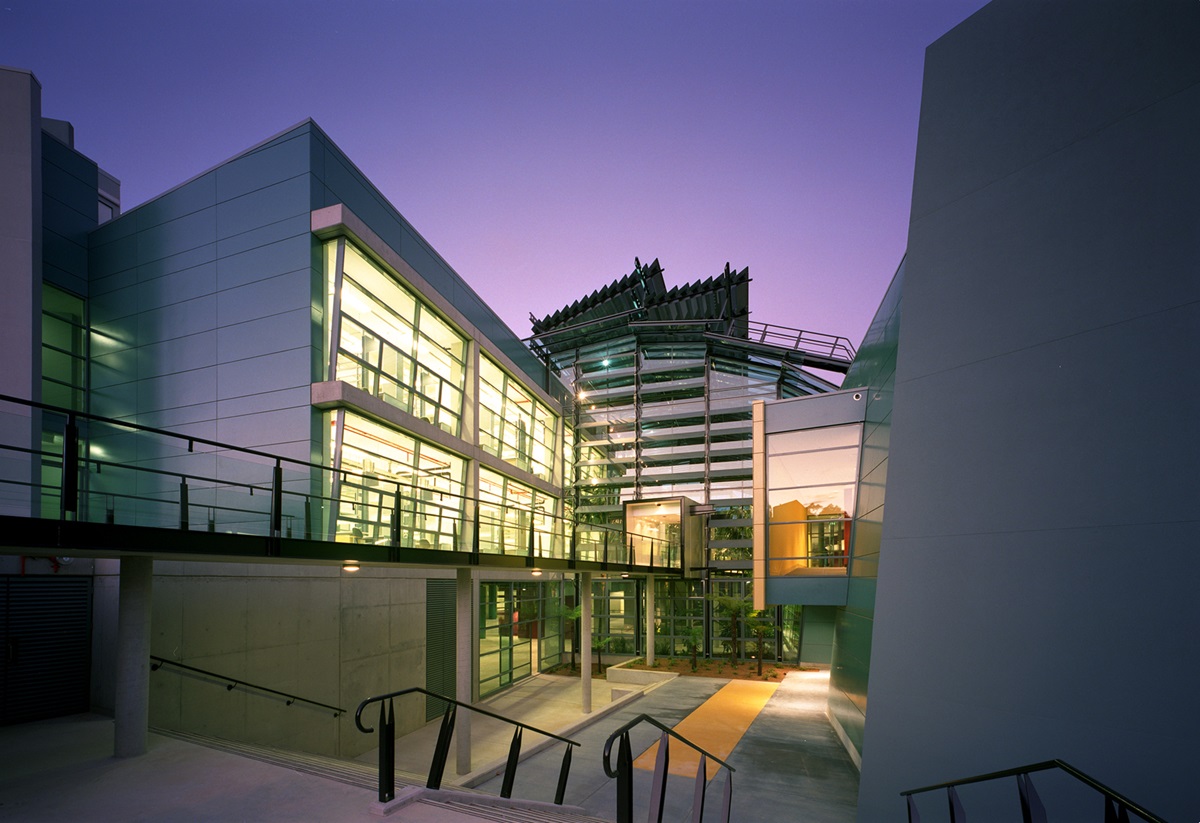
The CSIRO Discovery Centre is among Alistair Swayne’s most notable designs. Photo: CSIRO.
This is the period when Lake Burley Griffin was filled. It heralded a sort of golden age for architects in Canberra, where up-and-coming talents could spread their wings and help the city take form.
A big part of the appeal for these imported architects was the NCDC itself, according to Gay.
“The NCDC were risk takers … Canberra became an experiment for planning and architecture and had a pipeline of cash coming in from the Federal Government,” she said.
“Architects had a sort of blank cheque to develop amazing buildings and plan ideal new towns, and they had a ball. So they stayed because – why wouldn’t you?”
Gay says architecture in Canberra hit its stride the following decade, which brought more industry titans, including Alistair Swayn.
She was working for the National Capital Authority, which replaced the NCDC in 1988, when she first encountered Alistair, who would one day become the ACT Government’s first architect.
“We had some designs for the Merchant Marine Memorial but needed someone to make it come to life and manage its construction,” she said.
“He took over the concept design and turned it into something special and that’s when I first saw just how meticulous he was about details.”
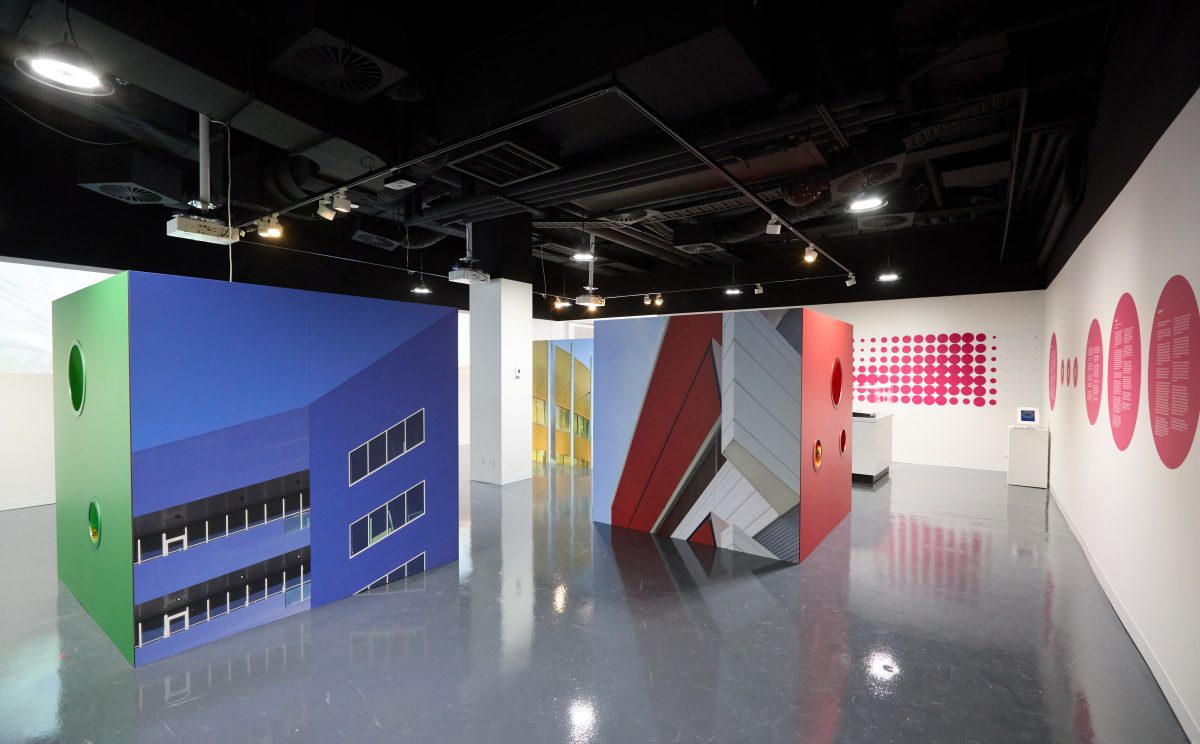
Images of the Brindabella Business Park featured in a CMAG exhibition honouring Alastair Swayn earlier this year. Photo: CMAG.
Among Alistair’s more notable designs were the CSIRO Discovery Centre and Brindabella Business Park. He took his cues for form and function from the human aspects of his buildings.
“His greatest impact wasn’t the heroic and monumental buildings of the nation’s capital – it was about people finding their way easily,” Gay said.
“The Alistair Swayn Foundation talks about light, colour and humanity, and that epitomises his architecture.”












